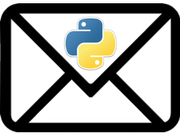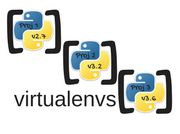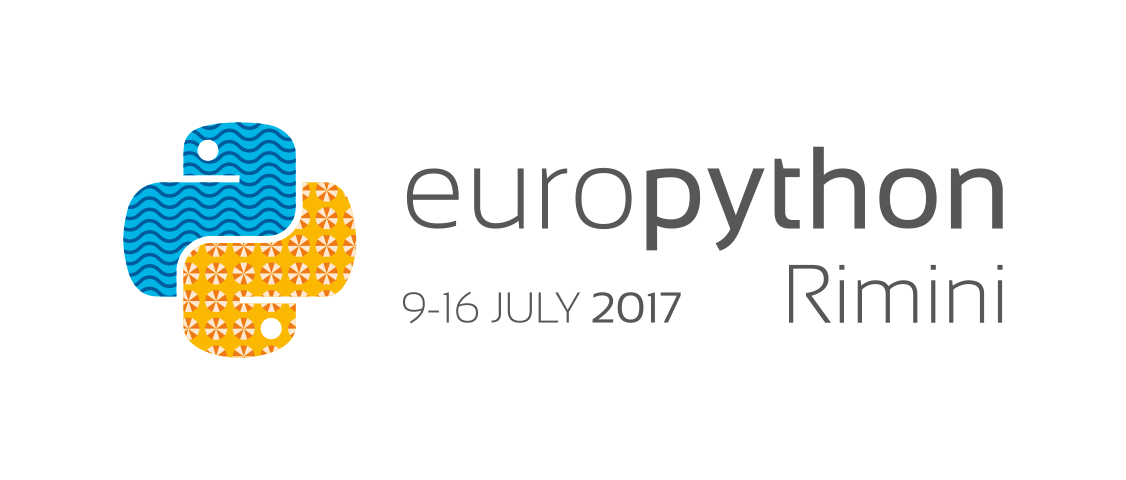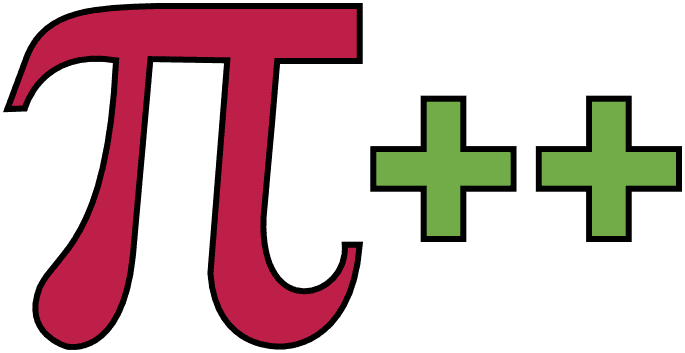Python Challenge, Level 9

Continuing on our journey through the challenges at PythonChallenge.com, here are the next few levels that we completed during the last meet.
SPOILERS! As stated in our last post, We will discuss the challenges, the clues, and how we solved each level. We discovered other sites have done the same thing but chose to solve these on our own. It’s more fun that way. Afterward, it’s interesting to go back and see how others have solved the same problem, but we recommend you solve the problems on your own.
On the page for this challenge is a photo which shows a view of a lake and a tree. The outline of the tree is marked with some square dots. As it wasn’t immediately apparent what the dots were for, we looked for further hints by inspecting the page code. Inside we found the following hint:
<!--
first+second=?
first:
146,399,163,403,170,393,169,391,166,386,170,...
second:
156,141,165,135,169,131,176,130,187,134,191,...
-->








